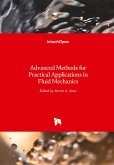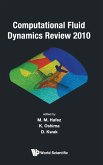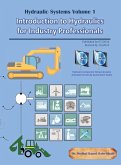¿The book starts with an introduction to fluid mechanics and its importance in various fields. It also discusses the types of fluids, their properties, and the basic principles of fluid mechanics. ¿It focuses on the mathematical tools required for understanding fluid mechanics and covers vector calculus, tensor analysis, and differential equations. ¿It introduces the panel method, which is a numerical technique used to solve potential flow problems and discusses the Bernoulli equation and its applications and also focuses on the basics of potential flow, which is an idealized model for fluid flow that assumes the fluid is inviscid and incompressible. ¿It covers viscous flows, which are flows that involve frictional forces due to the viscosity of the fluid and focuses on boundary layer flows, which are a type of viscous flow that occurs near solid surfaces. It covers laminar and turbulent boundary layers and their characteristics. ¿It introduces integral boundary layer relationships, and covers the statistical description of turbulence and some basic turbulence models. ¿The book is primarily intended for undergraduate students who have already taken introductory courses in fluid mechanics and mathematics. It provides a more advanced treatment of fluid mechanics that is suitable for students pursuing a degree in engineering or physics.
Bitte wählen Sie Ihr Anliegen aus.
Rechnungen
Retourenschein anfordern
Bestellstatus
Storno









